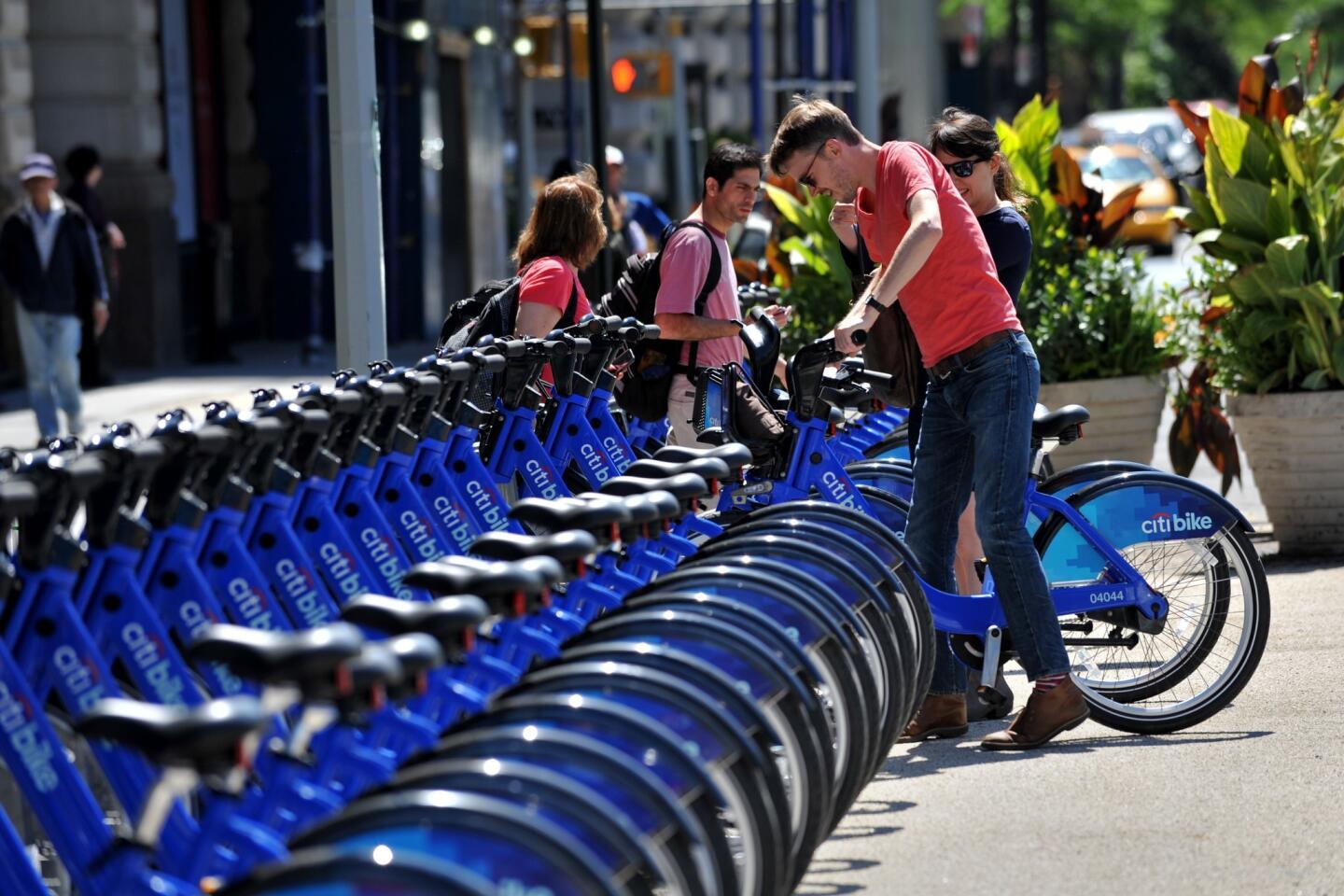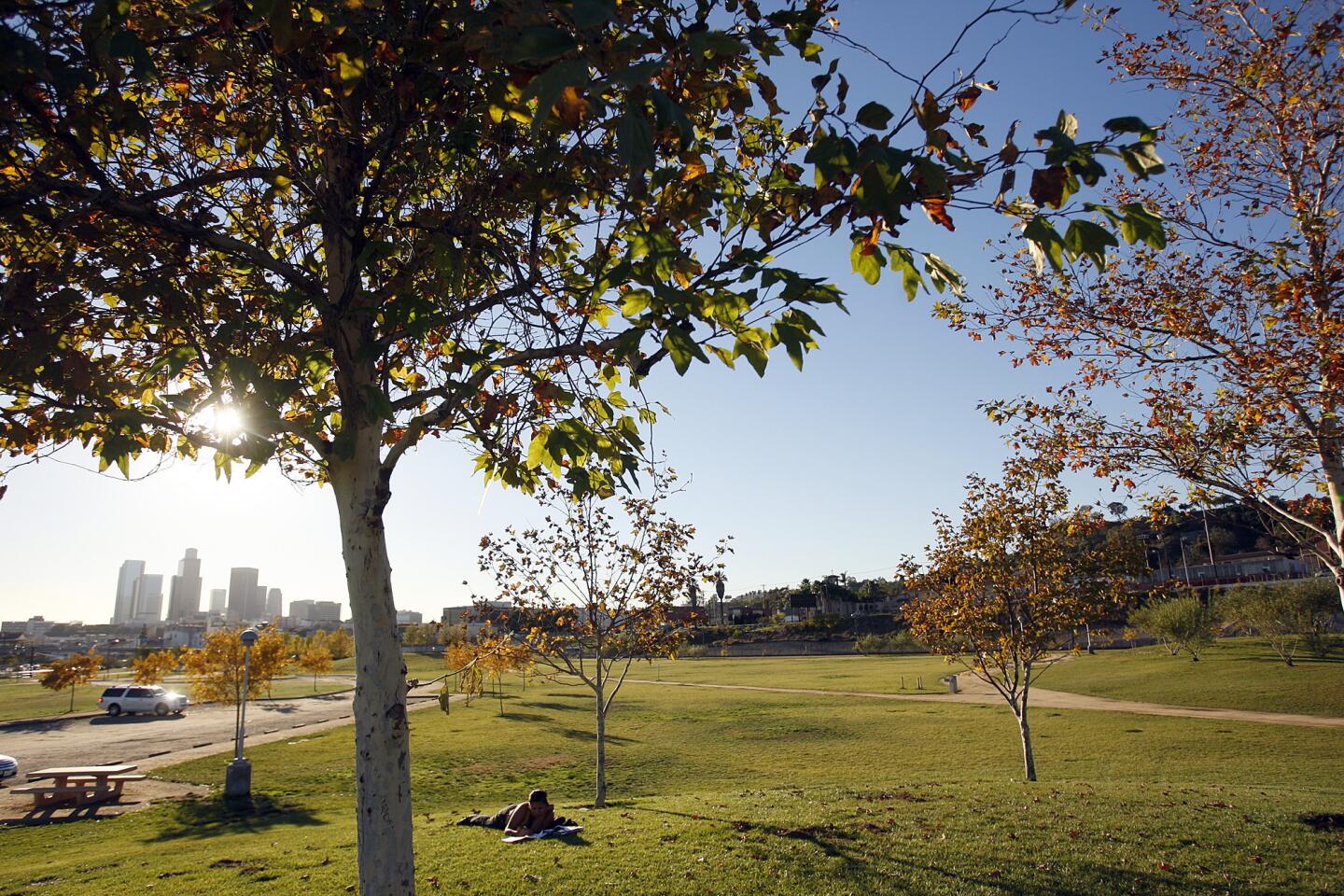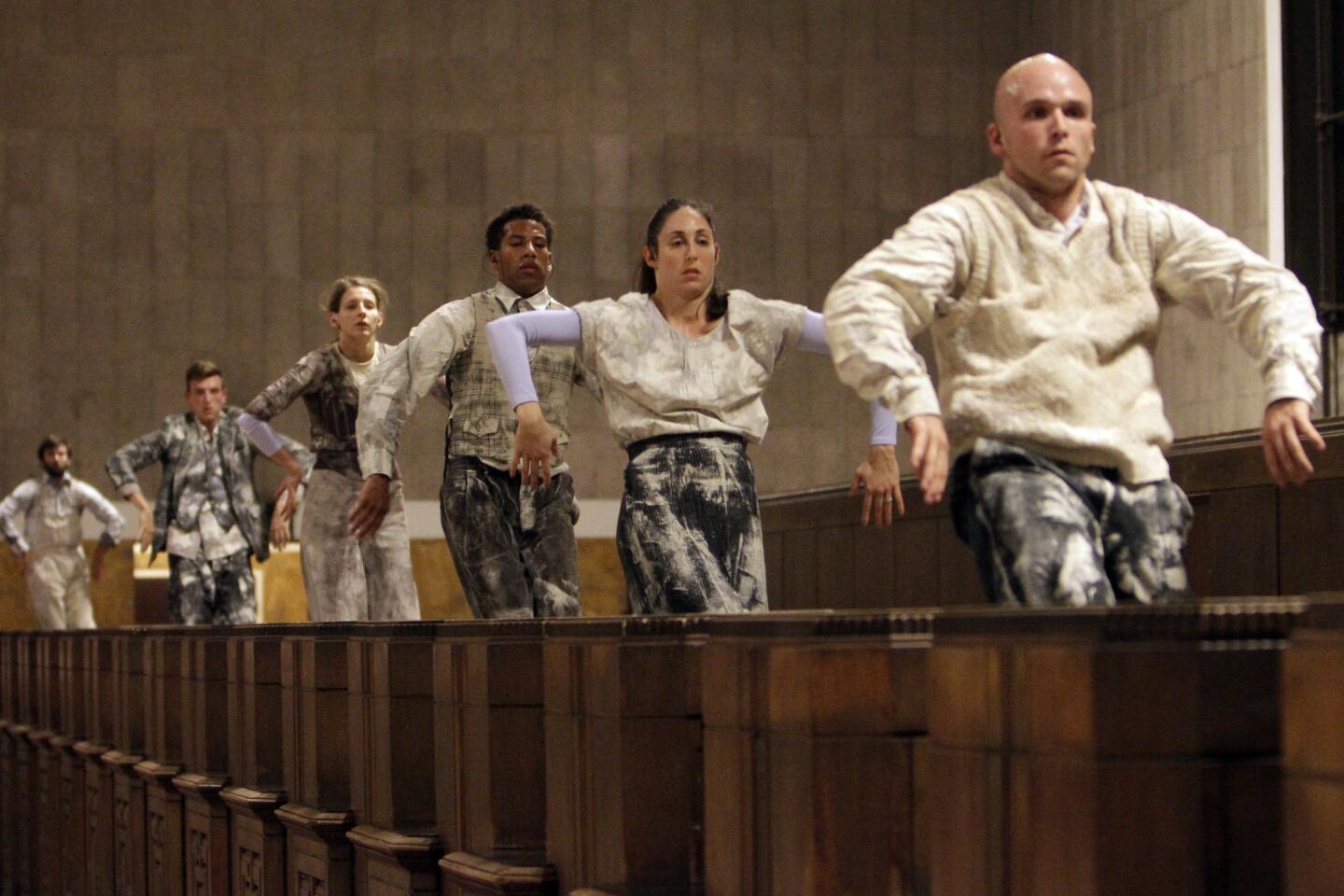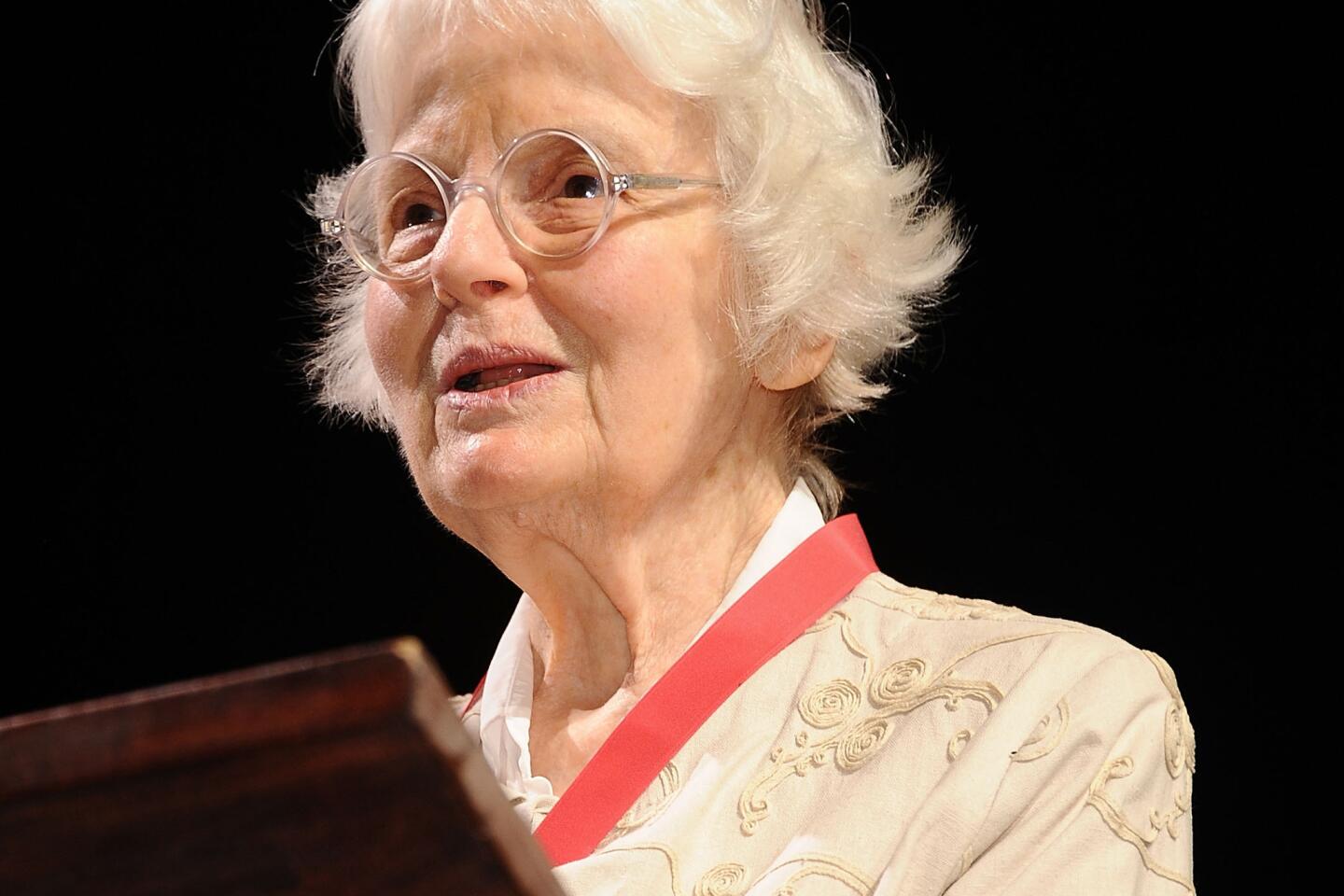A new L.A. identity takes shape in 2013 as city embraces urban life
- Share via
The revolution is no longer a fragile or tentative one.
When I arrived in Los Angeles nine years ago, the city had just begun to turn away from a largely private urbanism and toward a new embrace of the public realm.
The first phase of the Gold Line light-rail route, from downtown to Pasadena, had recently opened; construction on the Expo Line had yet to begin. James Hahn was nearing the end of a largely uneventful single term as mayor. Measure R, the transit tax that would help remake the city, was four years away. CicLAvia, the revelatory open-streets festival, wouldn’t launch for six.
But the trend lines have only thickened over time, and it was in 2013 that they converged in a definitive way.
GRAPHIC: Best of 2013 | Entertainment and culture
High-level debate over the future of the L.A. River; new parks in Santa Monica and downtown L.A.; exhibitions at the Getty and elsewhere that highlighted our architectural heritage; the election of Eric Garcetti as mayor and his early initiatives; victories for preservation in Beverly Hills and elsewhere; progress on planned subway and light-rail lines and designs for an expanded Union Station: All contributed this year to the sense that L.A. has crossed a major divide and entered new civic territory.
It’s easy to dismiss the river, as someone I follow on Twitter did this month, as “literally a puddle on a slab of concrete.” But it is precisely the unromantic, highly engineered, even cipher-like quality of the river as it slices through the heart of the city that provides its great civic potential.
Now that most of Los Angeles is built out, finding room for new parks is going to be tougher and more expensive than ever. The great appeal of the river is that it qualifies as a linear park of massive scale, already in public hands, waiting to be discovered and opened up.
PHOTOS: Hawthorne’s best architecture moments of 2013
Garcetti, who took office in July, has made the river an early priority, lobbying the Army Corps of Engineers in Washington to back a $1.1-billion plan — one of three options under consideration — to remake an 11-mile stretch. Meanwhile, his Great Streets initiative, launched in October, aims to use improvements to 40 streets around the city to open up more room for cyclists and pedestrians and more broadly, as the mayor put it, “activate the public realm.”
The program needs improvement around the edges. More architects and designers on the team overseeing it would be a good place to start.
But it signals a new emphasis on urban design at City Hall. And it suggests that the idea around which I organized my recent series of essays on L.A.’s boulevards — that our major streets are returning to the very center of civic life — has gained significant political traction.
Nearly every demographic trend suggests that the city’s move toward a more public future is irreversible. Simply put, Los Angeles is no longer in the business of building freeways or stand-alone houses, those twin anchors of its deeply privatized 20th-century identity.
A recent Harvard study found that Los Angeles has a higher proportion of renters — 52% — than any other metropolitan area in the country. Though some live in single-family houses, most occupy multifamily buildings, which often go hand in hand with increased density and mass transit.
Angelenos are in fact driving less and using transit more, according to other new data. Ridership on the Expo Line jumped a remarkable 38% between August 2012 and August 2013, reaching passenger numbers this year that weren’t projected to materialize until 2020. (Overall, if you include bus routes, we take more trips on public transit than any other city except New York and Chicago, and we may soon overtake Chicago.) As is the case across the country, many of our teenage and twentysomething residents are more likely to see owning a car as a hassle than as a ticket to freedom or independence.
A measure to extend the Measure R sales-tax hike will likely appear on the ballot in 2014 or 2016; if it passes, as it probably will, work on the region’s most crucial transit projects will accelerate.
There will still be bumps in the road and backsliding, of course. There will still be lawsuits aiming to block subway tunnels and skyscrapers, those newfangled signs of city life that first appeared more than a century ago. There will still be hand-wringing over bike lanes and distress that drivers and homeowners, treated so well for so long, have become L.A.’s most persecuted classes.
But it is getting easier to see that opposition for what it is: the collective complaint of a group of Angelenos who have benefited from remarkable policy largesse (hello, Prop. 13!) and are used to setting the political agenda — and who helped create the urban conditions many of the rest of us are anxious to fix.
More to Read
The biggest entertainment stories
Get our big stories about Hollywood, film, television, music, arts, culture and more right in your inbox as soon as they publish.
You may occasionally receive promotional content from the Los Angeles Times.















